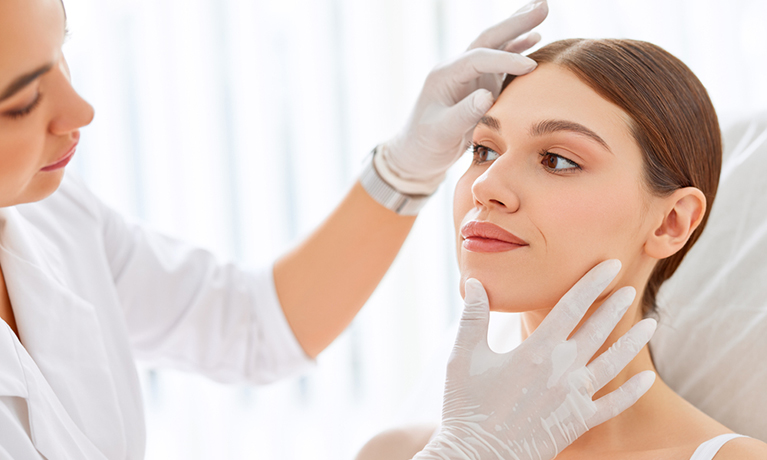Anterior Basement Membrane Dystrophy
Anterior Basement Membrane Dystrophy (ABMD) is an inherited disorder of the cornea that may present with a variety of symptoms, including recurrent corneal erosions and/or blurred vision. ABMD is a type of corneal dystrophy that affects the thin outside layer of the cornea. ABMD is the most common corneal dystrophy, affecting an estimated 2-3% of the population. Patients of all ages and both genders can be affected. This condition is common, treatable, and rarely leads to significant vision loss.
Causes
ABMD occurs when the epithelium (outer layer of the cornea) does not develop properly. It may have trouble sticking to the tough inner layer of the cornea called the stroma. A person with ABMD may easily develop a scratch or erosion on the cornea. Some patients may have a condition called “recurrent erosions.” This is when the epithelium continues to come off the stroma in patches when the eyes are opened or rubbed. These erosions can be very painful, causing light sensitivity and blurred vision. Typically these erosions can heal themselves within a day or two.
Treatment
The first line of treatment for ABMD typically involves the use of lubricating tears or ointment. Reoccurring or symptomatic erosions may involve the use of bandage contact lenses, antibiotic ointments, or topical/oral steroids. Patients that continue to have frequently reoccurring errosions despite medical management may benefit from surgical procedures such as superficial keratectomy or phototherapeutic keratectomy.
To schedule an evaluation with our cornea specialist, Dr. Edmonds, please call 414-271-2020.










